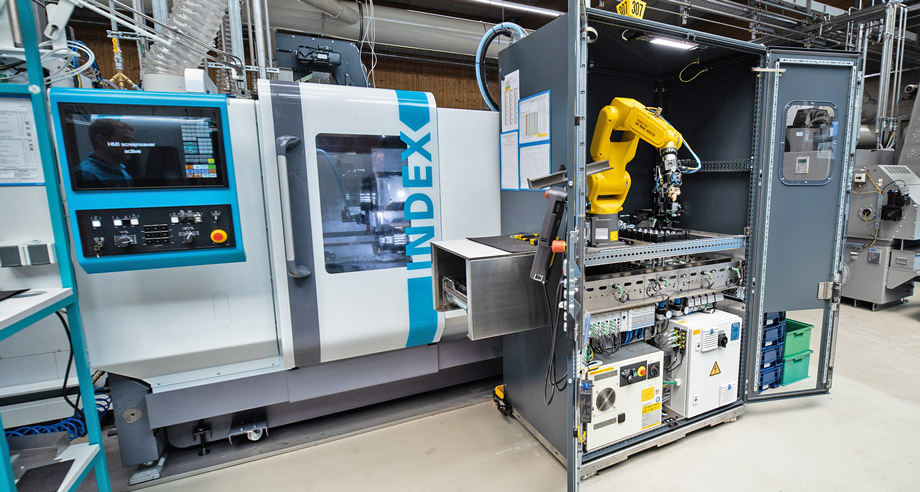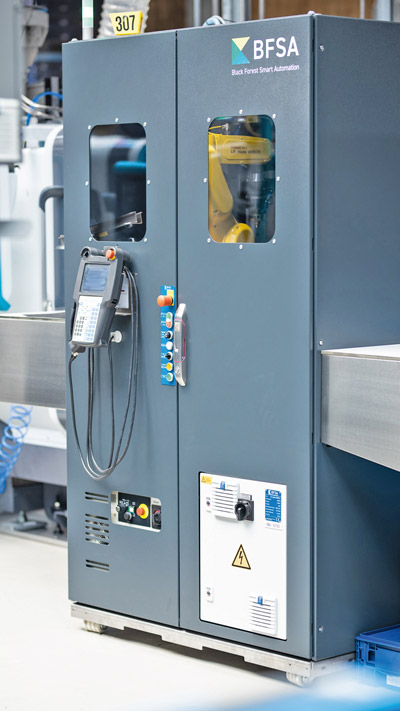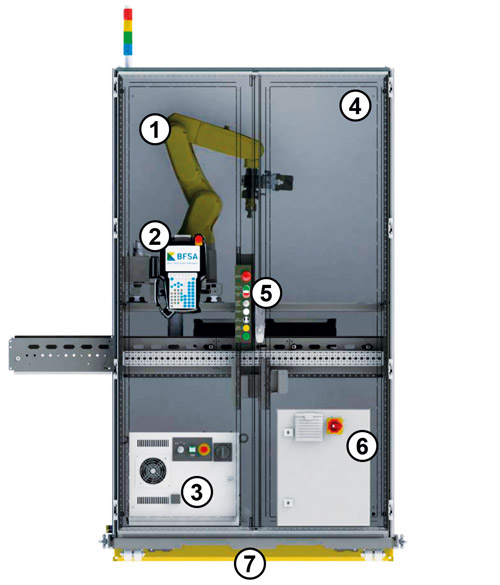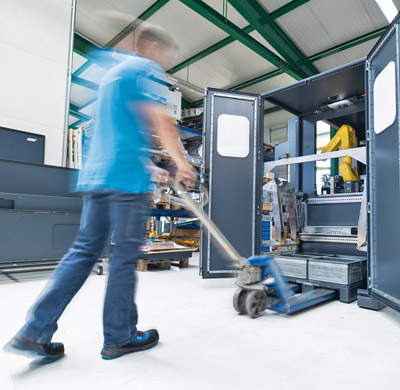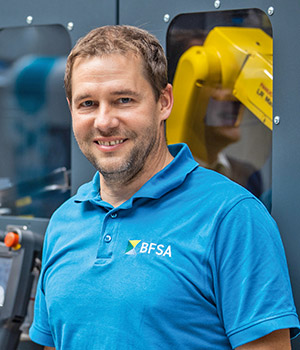Georg Willmann is a model entrepreneur – energetic, grounded and passionate about innovation. In the space of just 25 years, he has harnessed these traits to build up what is now one of Germany’s 20 biggest turning shops in Löffingen, in the south of the Black Forest region. WST Präzisionstechnik GmbH currently has 650 employees who work on 250 turning, milling and grinding machines to manufacture precision parts for the automotive industry and other sectors. WST also has a second plant in Hüfingen and a site in the USA.
The magazine of Friedhelm Loh Group
The magazine of Friedhelm Loh Group
